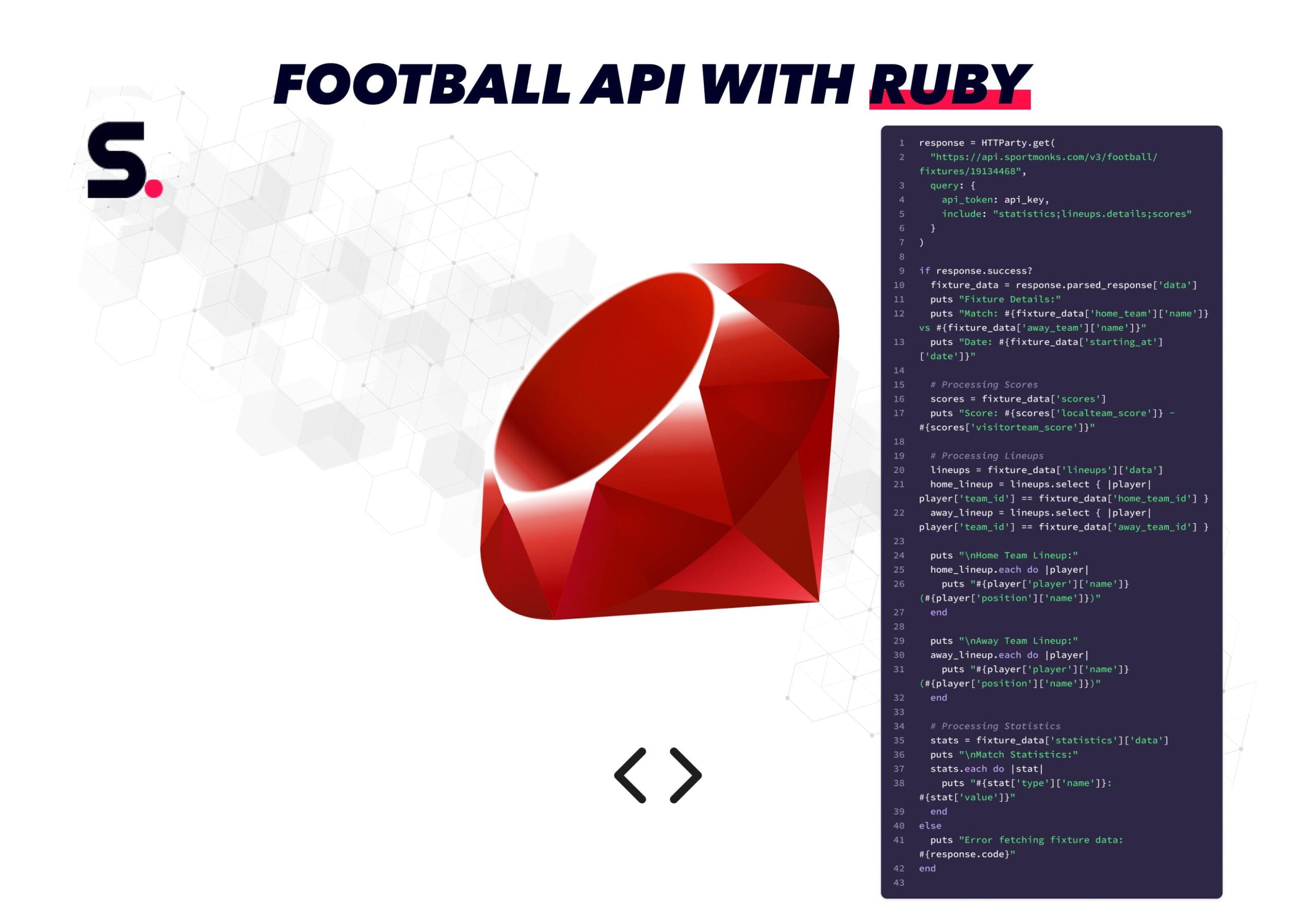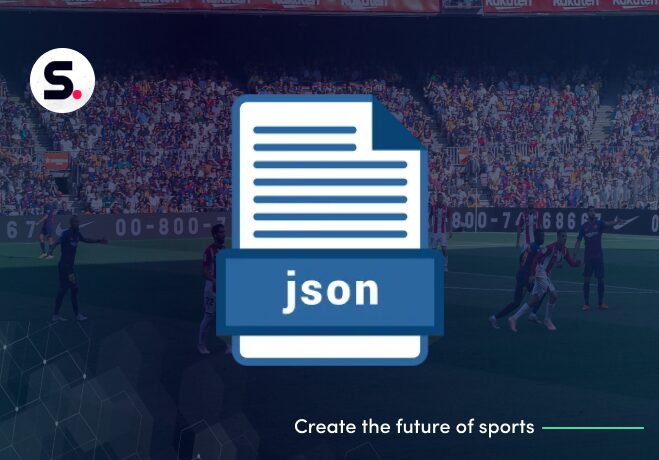
Contents
The basics of scoring
What makes a valid goal?
A goal is scored when the entire ball crosses the goal line, between the goalposts and beneath the crossbar, provided no infringement has occurred. The goal must be scored within the laws set by the game’s governing body (FIFA’s Laws of the Game) and without offenses such as fouls or handball by the scoring side.
Special scenarios that affect the score
– Own goals: When a player inadvertently causes the ball to enter their own net, the goal counts toward the opposing team. These can significantly alter the match dynamics and psychology.
– Penalties: Awarded when an opposing player commits a direct free-kick offense inside their own penalty area. If successfully converted, the goal adds to the scoring tally like any other.
– Disallowed goals: A goal can be invalidated due to fouls, offside, handball, etc., either called by the referee or overturned via Video Assistant Referee (VAR).
Offside and its impact on scoring
Goals may be disallowed due to offside if, at the moment the ball was played, the attacking player was closer to the opponent’s goal line than both the ball and the second-last defender, unless they were in their own half.
Decoding the scoreboard
Team abbreviations & layout conventions
A football scoreboard typically displays the home team first, either on the left or above, and the away team beneath or to the right. You’ll often see three-letter team abbreviations, like “MUN” for Manchester United or “BAR” for Barcelona.
Time representation & stoppage time
– Match time: Football uses a running clock that counts upward, rather than counting down. Each match is split into two 45-minute halves.
– Stoppage (Added) time: Referees account for any delays such as injuries, substitutions, goal celebrations, or time-wasting by adding stoppage time at the end of each half.
– This added time is communicated by the fourth official, who holds up an electronic board indicating the minimum number of extra minutes to be played (e.g., “+3”).
– Final minutes of each half often display scores like “45+3′” to indicate time in stoppage, meaning 45 minutes plus 3 extra minutes.
– Importantly, the half or match doesn’t necessarily end when stoppage time expires, it continues until the referee blows the final whistle, especially if further delays arise during added time.
Beyond the numbers: Inferring performance
Goal differential (GD)
Definition & calculation
Goal difference, often abbreviated as GD, is calculated by subtracting a team’s total goals conceded from the goals they’ve scored, for example, 100 scored minus 30 conceded equals a GD of +70.
Why it matters
– In league standings, if teams are level on points, goal difference often serves as the first tiebreaker. A better GD reflects both offensive efficiency and defensive strength, offering a snapshot of overall dominance.
– Beyond standings, GD provides a quick measure of a team’s consistency and how convincingly they win, or how closely they lose.
Variations & evolution
– GD replaced the older “goal average” system (goals scored divided by goals conceded), offering a simpler, more attacking-friendly metric.
– Advanced versions like Expected Goal Difference (xGD) consider the quality of scoring opportunities, painting a finer picture of performance quality beyond the raw result.
Shots on target
Definition & nuance
– “Shots” include all attempts on goal, whereas shots on target are those that would have scored if not stopped by the goalkeeper.
– Definitions vary as some providers exclude shots hitting the post or blocked en route from being counted as on target, while others include them if they were goal-bound.
Analytical insights
– A high volume of shots on target usually signals high offensive pressure and clinical finishing which are key factors in understanding how “dangerous” a team’s attack truly is.
– This metric helps identify not just quantity (attempts) but quality (threat level), making it a valuable tool for coaches and analysts.
Traditional vs. Advanced metrics
While traditional stats like goal differential and shots on target remain foundational, modern analysts increasingly rely on granular metrics such as:
xG (Expected Goals): Assigns a probability to each shot based on context, distance, angle, type, and more reflecting the likelihood of scoring from that opportunity.
These advanced metrics allow analysts to evaluate performance in matches where result-oriented stats might be misleading, such as when a team loses despite dominating expected goals, or wins despite poor offensive performance.
Advanced metrics in modern football
Expected goals (xG) & Expected assists (xA)
– xG assigns a probability to each shot based on factors like distance, angle, shot type, and context, reflecting how likely it is to become a goal.
– xA measures the likelihood that a completed pass becomes an assist, considering pass characteristics and outcome. Different modeling approaches “shot‑centric” vs. “pass‑centric” determine how credit is attributed.
Expected threat (xT)
– xT quantifies how a pass or carry increases a team’s scoring probability. The pitch is divided into zones, each weighted by the likelihood of leading to a goal.
– It captures contributions beyond obvious offense, rewarding players who intelligently move the ball into dangerous spaces even if they don’t register traditional assists.
Expected Offensive Value Added (xOVA)
xOVA blends performance across goals and chance creation using the formula:
xOVA = (non‑penalty xG + xA) – xA received, offering a holistic view of offensive contribution.
Expected Points (xP)
xP translates xG data into an estimate of expected league points by simulating match outcomes (win, draw, loss) based on scoring probabilities, and averaging over many simulations.
Sportmonks: Powering real-time football insights
Sportmonks is a leading provider of rich, real-time football data offering developers access to live scores, detailed match events, advanced stats (including xG), and player analytics across over 2,500 leagues worldwide through our Football API.
– Our Livescore API delivers ultra-fast updates on goals, cards, substitutions, and more, which is often earlier than live TV broadcasts, ensuring your score-based storytelling stays current and engaging.
– Beyond match results, Sportmonks supports advanced metrics integration. Our API surfaces expected goals (xG) data, enabling analytics-driven insights into team performance and scoring quality.
– We also offer player performance ratings, computed in real time using over 50 statistical inputs, ideal for capturing player impact in a concise, quantitative format.
Ready to power your football platform with live, smart data?
From simple scores to advanced metrics like xG, xOVA, and xP, Sportmonks equips you with the data needed to turn match events into meaningful insights. Whether you’re building a live-score app, fantasy game, or football analytics tool, our Football API is designed for accuracy, speed, and flexibility.
Start your free trial today and see how Sportmonks transforms data into decisions.



